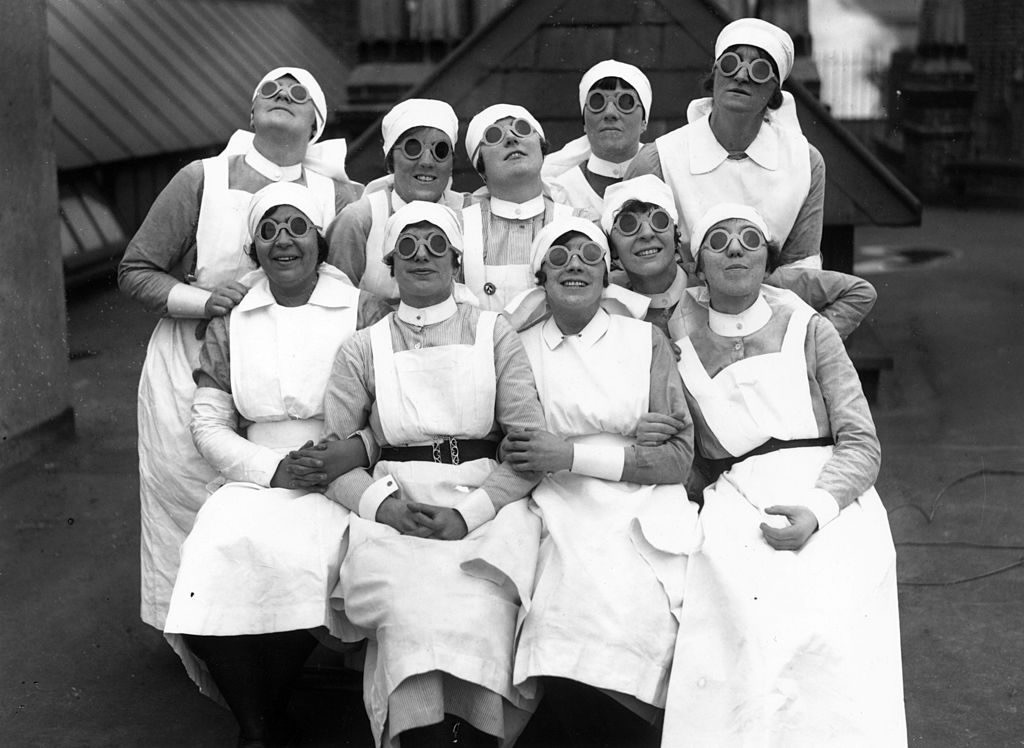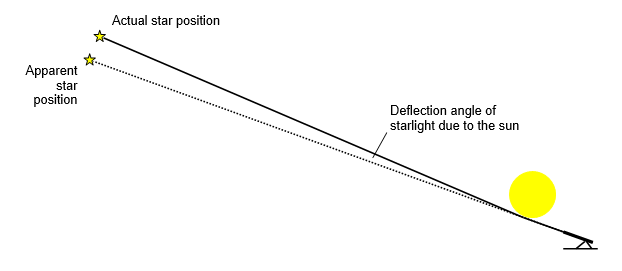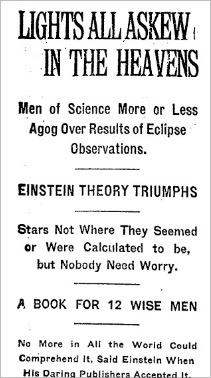Enjoy your 5th installment of the Solar Eclipse Viewing Blog by Ken Brandt.

Eclipses are stunning celestial events that are beautiful and inspiring. It turns out that they are also extremely useful scientifically! Let’s begin with what eclipse science tells us about predictability. The scientific method is proven effective when it can be used as a predictor of future events. Neil deGrasse Tyson was quoted as saying, “Odd. No one is in denial of America’s Aug 21 total solar eclipse. Like Climate Change, methods & tools of science predict it.” As Dr. Tyson points out regarding the 2017 eclipse, eclipse predictions are basically taken on faith in our society. Even the most ardent flat-earth anti-science person in America will be in a box store buying a set of eclipse glasses ahead of the appointed day! As I discussed in a previous article, this is largely because the movements and apparent motions of the Moon and Sun, relative to Earth, follow regular patterns, and the orbits of all objects concerned are stable. It also helps that human mathematicians have been solidly predicting eclipses since at least 2500 BCE.

Those pesky solar science safety rules are based on hard fact: the Sun will burn your retinas if you let it. Always wear eclipse safety glasses.
Perhaps the most meaningful application of eclipse science to modern astronomers is the Eddington Experiment. Albert Einstein published a paper in 1915, refining the prediction that the Sun’s mass is so large that it bends spacetime enough to be measured for background stars close to it during a total eclipse. Arthur Eddington presented a corrected version to the Royal Society in 1915, and publicity around that event catapulted Einstein’s reputation as a scientist internationally.
In 1919, a 6 minute-plus total eclipse would occur in the Western hemisphere. Astronomers Eddington and Dyson went to two different locations in order to maximize their chances to gather data in clear weather. In their 1920 publication they report the following:
“…For light grazing the surface of the sun, the approximate angular deflection is roughly 1.75 arcseconds.This is twice the value predicted by calculations using the Newtonian theory of gravity. It was this difference in the deflection between the two theories that Eddington’s expedition and other later eclipse observers would attempt to observe.” Dyson et al., 1920
This diagram by Jeremy Britton shows a good graphical representation of what the astronomers were saying in the above quote.

Diagram by Jeremy Britton (reference below). Note: angular deflection exaggerated so it can be seen
From the great eclipse of 1919, and numerous subsequent eclipse expeditions later, the Eddington experiment continues to be performed successfully. Einstein’s theory predicted that the Sun’s great mass causes the curvature of space-time, and this curvature in the universe actually bends starlight passing nearby. This was an incredible prediction made over 100 years ago using only math, and proven by observing solar eclipses.
Does this effect only occur during eclipses? No. Light bends all the time according to the curvature of space-time. But we can now measure these effects at other times too. Today, many solar telescopes have discs installed to block direct sunlight, so the Eddington experiment can be duplicated using that data as well.

Headline from the NY Times, Nov. 10, 1919
The great thing about science is that there are trusted methods for solving some of the biggest questions in the universe…literally! And in this case, hypotheses have been put forth, then tested, and once again the scientific method triumphs. Carl Sagan famously said that “…the methods of science are tried and true. It’s not perfect, it’s just the best we have.”
References
Britton, J. Diagram of angular deflection. https://www.thenakedscientists.com/articles/science-features/eddingtons-eclipse-experiment-1919-and-2017
Dyson, F. W., Eddington, A. S., & Davidson, C. (1920). A determination of the deflection of light by the sun’s gravitational field, from observations made at the total eclipse of May 29, 1919. Philosophical Transactions of the Royal Society of London, 220(571–581), 291–333. https://doi.org/10.1098/rsta.1920.0009
********
Ken Brandt directs the Robeson Planetarium and Science Center in Lumberton, NC. He is a volunteer in NASA’s Solar System Ambassador Program. He is also a member of the 3rd cohort of NC Space Grant Ambassadors, and an Ambassador for the Mars Society.